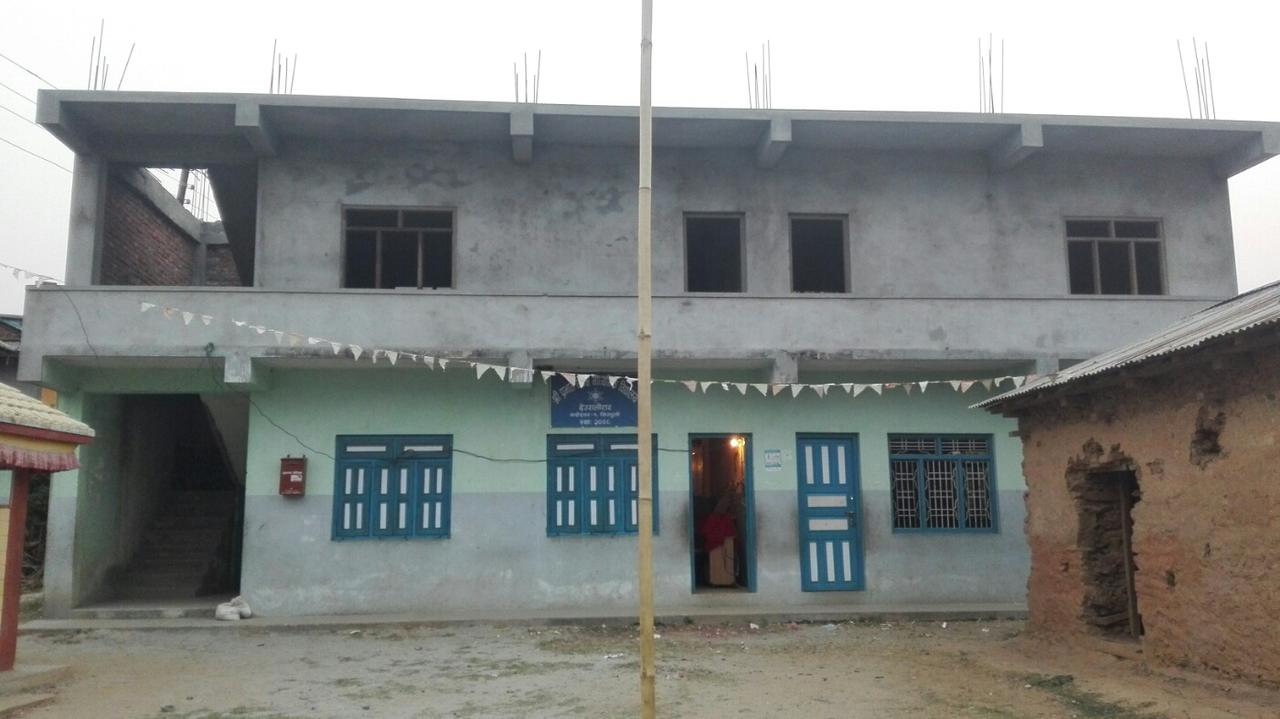Taxonomy Parameters
 1. Main structural system
1. Main structural system
- Buildings constructed of brick in cement mortar walls
- Mortar mix is usually 1:6 or leaner
- Walls are generally one brick to one and half brick thick at about 150 to 400 mm in average
 2. Height range
2. Height range
2 to 3 stories
 3. Seismic design level
3. Seismic design level
- Fair construction quality and workmanship
- Few seismic enhancement measures
- Building designed for low lateral loads
 4. Diaphragm type
4. Diaphragm type
- Roof/floor with sufficient in-plane stiffness
- Good connection of the roof/floor to the lateral load resisting system
 5. Structural irregularity
5. Structural irregularity
- Regular in plan and elevation
 6. Wall panel length
6. Wall panel length
- Wall length is more than 12 times the wall thickness
 7. Wall openings
7. Wall openings
- Opening width in a wall between two consecutive cross walls is more than or equal to 0.35 times (0.25 times) the wall length in single-story (multi-story) building
 8. Foundation type
8. Foundation type
- Prevents large foundation deformations and anticipated failures
 9. Seismic pounding risk
9. Seismic pounding risk
- Seismic gap between buildings at least 4% of the height of the shorter building where the expected collision occurs
 10. Effective seismic retrofitting
10. Effective seismic retrofitting
- Original structure, which undertook or not minor non-structural improvements and/or maintenance
 11. Structural health condition
11. Structural health condition
- Building structure is in overall good condition
 12. Non-structural components
12. Non-structural components
- Building does not have non-structural components that can produce human casualties and economic losses such as: parapets, ceilings, tiles, pipes, infill, etc.
Failure Modes
Corner failure mainly occur in heavy stone masonry walls. The corners are pushed out and subjected to partial collapse. Cause of this failure mode are poorly interlocking of the wall and mortar with poor quality.
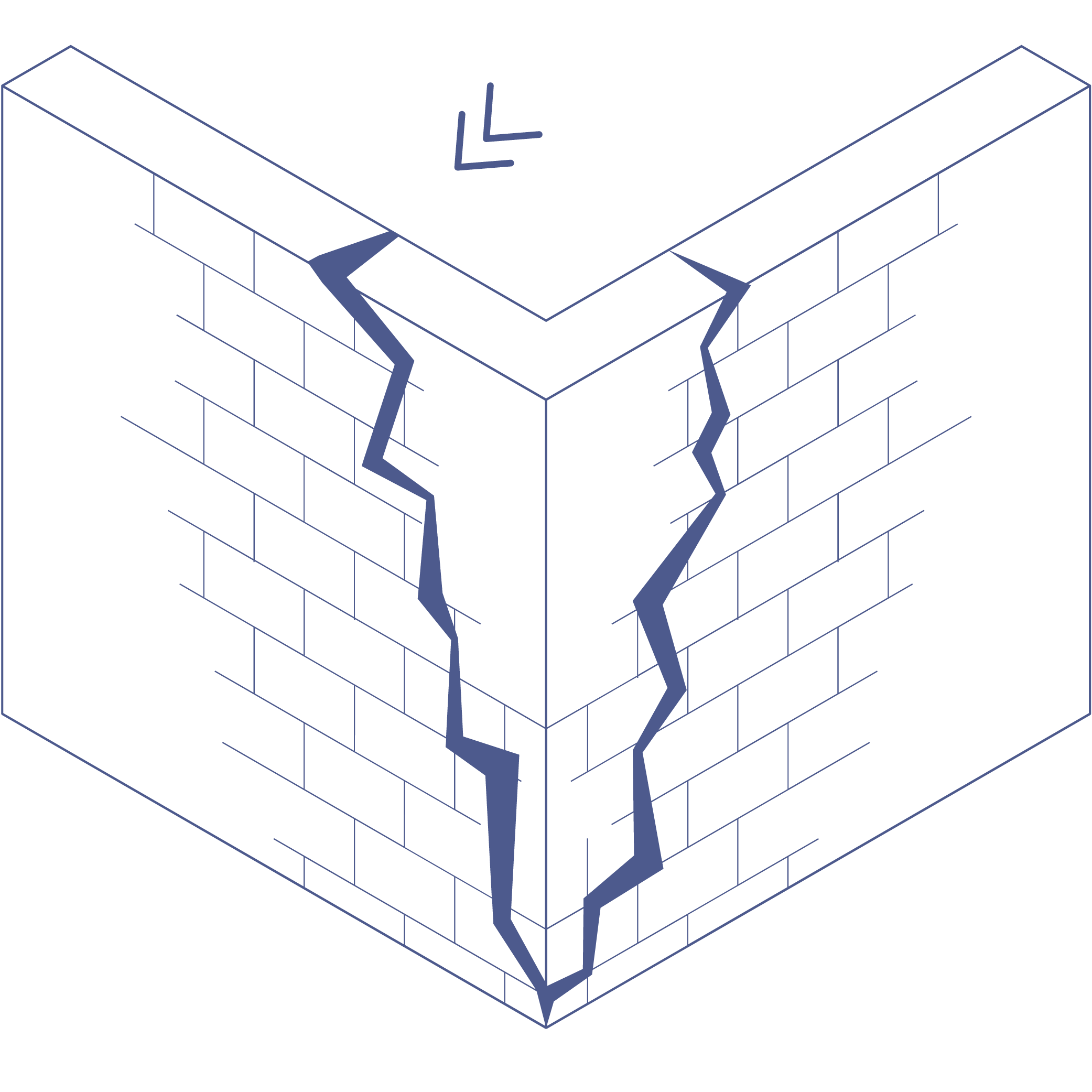
Overturning or damage of non-structural components (e.g. parapets, chimneys, etc.) due to lack of adequate anchorage/confinement.
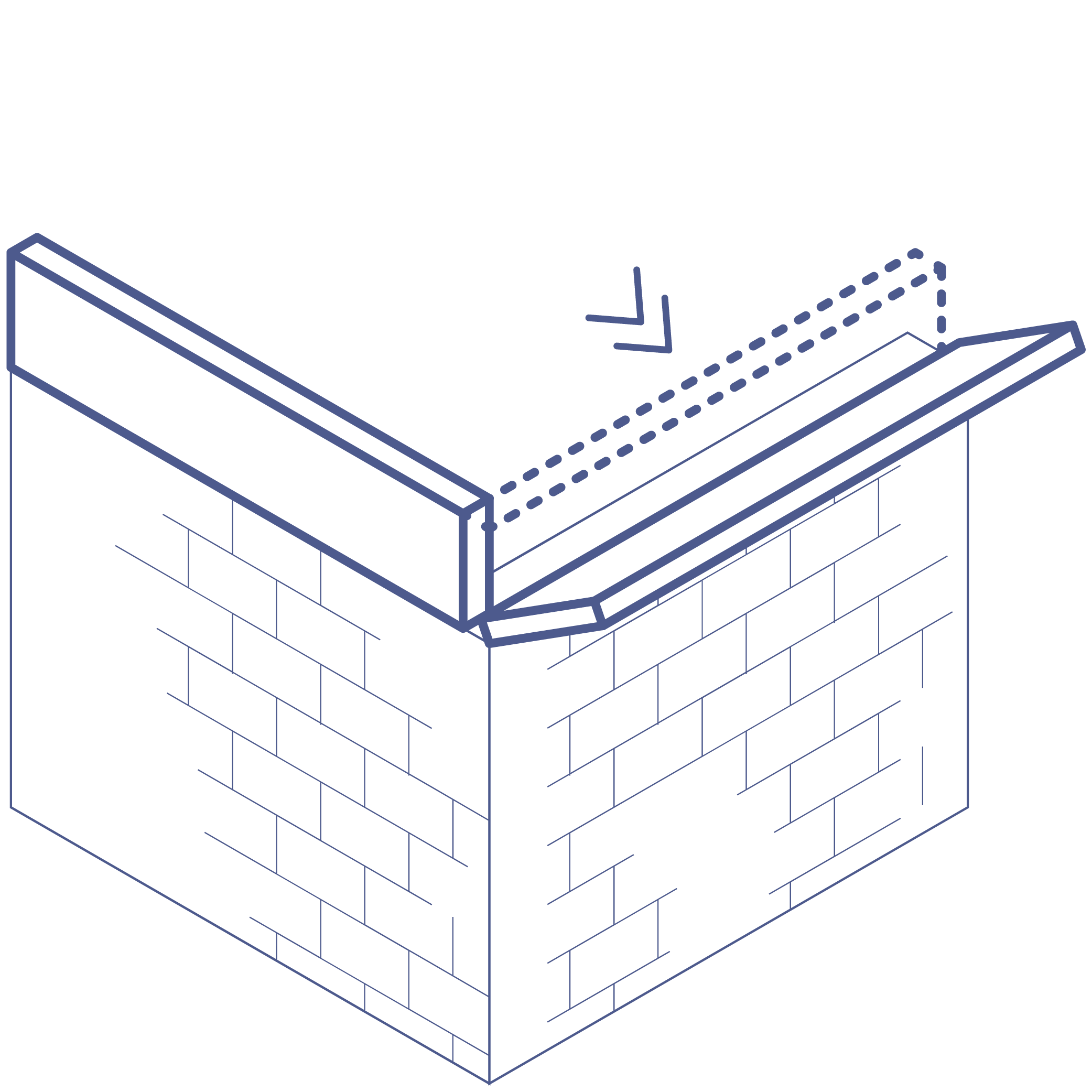
Collapse or failure of floor/roof. Possible causes include inadequate connection of floor/roof to the lateral resisting system (e.g. walls, frames), insufficient in-plane stiffness (e.g. unbraced timber/steel trusses) of the floor/roof, etc.

Test
Walls are divided into piers (i.e. vertical elements) and spandrels (i.e. horizontal elements) by openings (i.e. windows and doors) in the wall. This failure mode is a combination of shear, flexural rocking, and shear sliding failure.
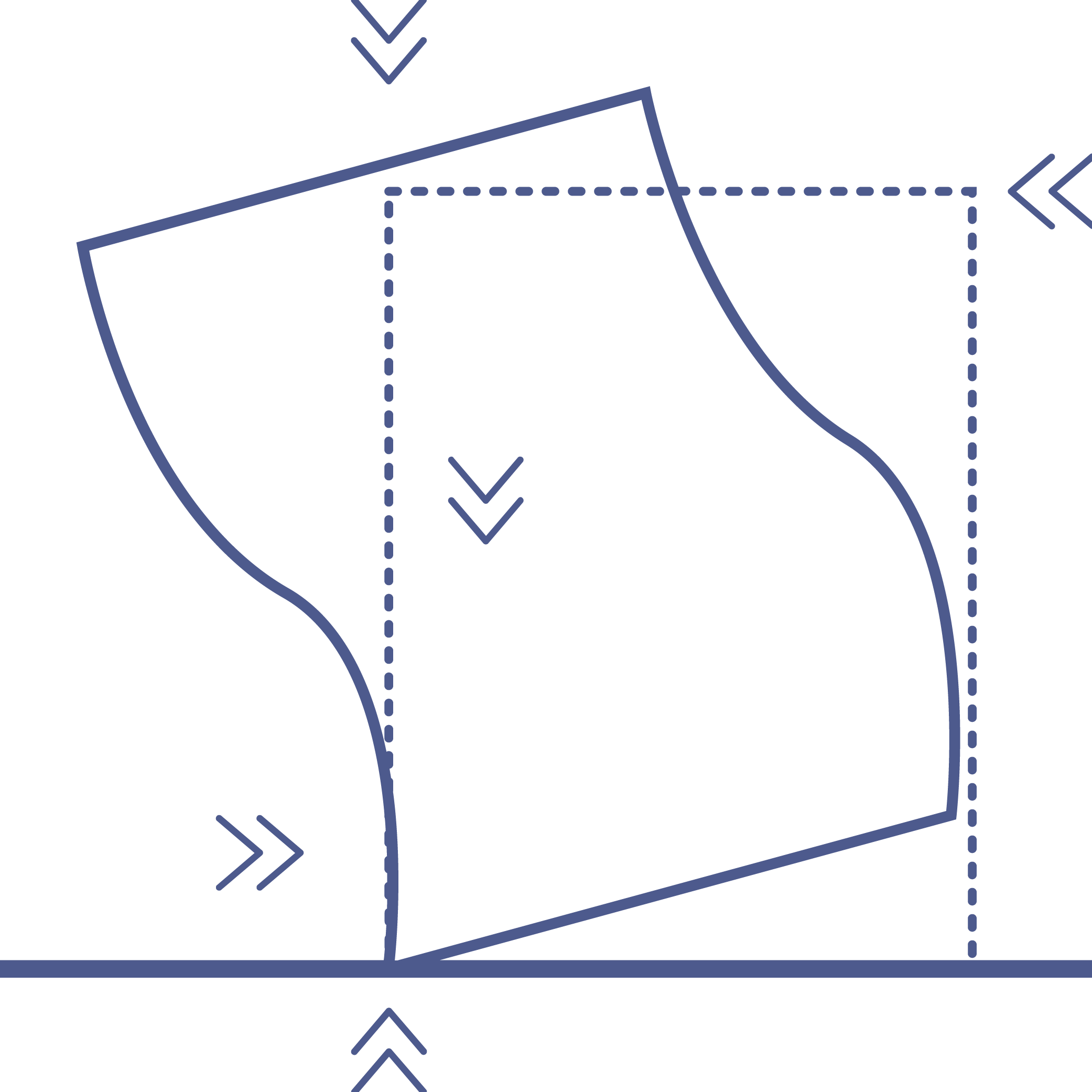
Walls are divided into piers (i.e. vertical elements) & spandrels (i.e. horizontal elements) by openings (i.e. windows and doors) in the wall. Flexural rocking usually occurs when material shear capacity is high, piers are slender, and compressive stress is low in the wall. Flexural cracking develops at the heel of the pier, leading to rotating behavior of the wall about the toe.
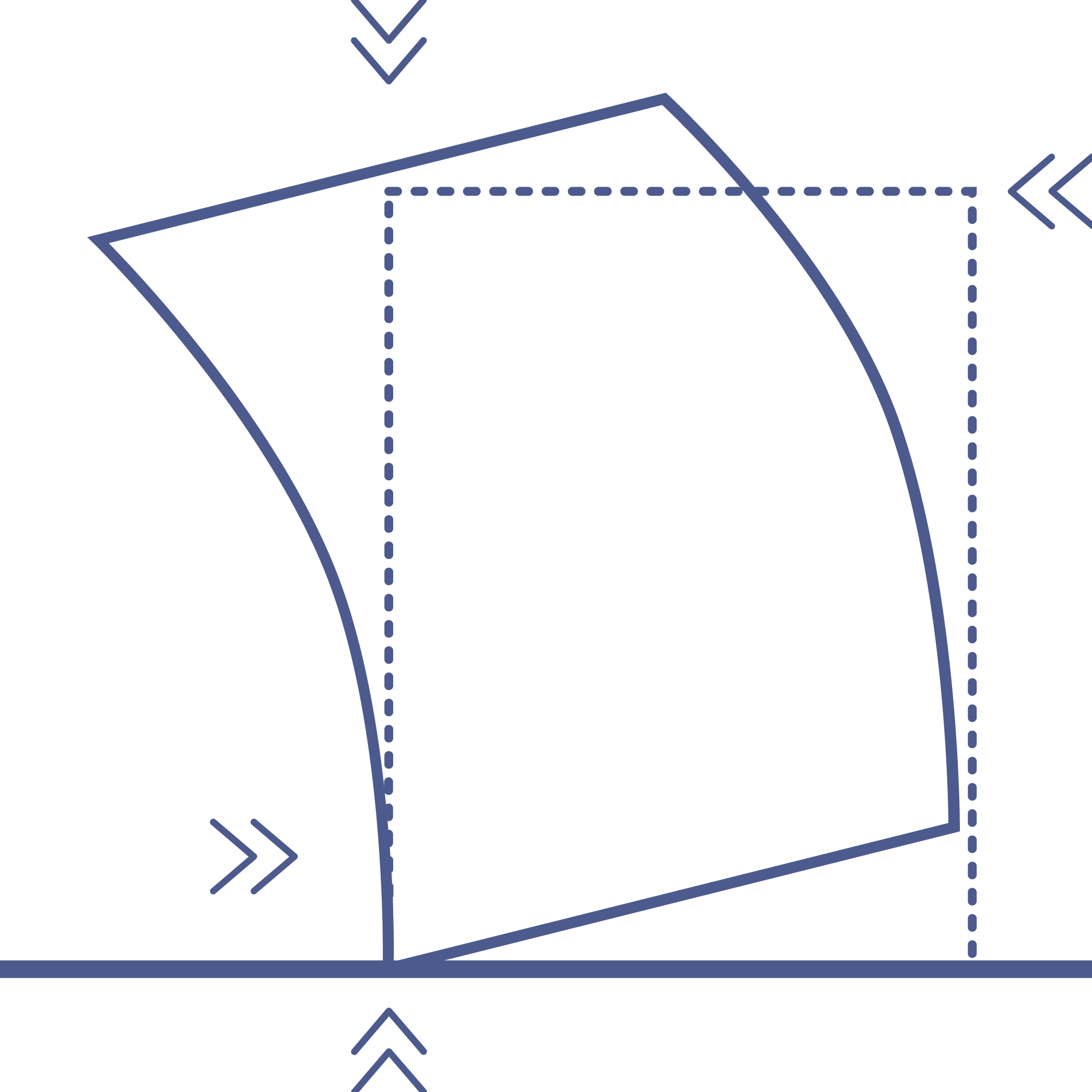
Walls are divided into piers (i.e. vertical elements) and spandrels (i.e. horizontal elements) by openings (i.e. windows and doors) in the wall. Diagonal cracking can develop in piers with relatively small aspect ratio (i.e. effective height by width ratio), leading to degraded strength of and potential shear sliding resulted offsets and overturn of the wall.

Walls are divided into piers (i.e. vertical elements) and spandrels (i.e. horizontal elements) by openings (i.e. windows and doors) in the wall. When pointing mortar fails under shear, horizontal or stair-stepped diagonal cracks are generated, which allow sliding to occur. This may lead to potential offsets and overturn of the wall.

Overturning of masonry walls leading to partial or full collapse of the wall, which may have combined tension failure of in-plane pier portions of perpendicular walls. Possible causes are lack of structural integrity to achieve box-like behavior (e.g. no band beams, flexible diaphragms, etc.), and/or mortar has poor cohesion and tension capacity.

